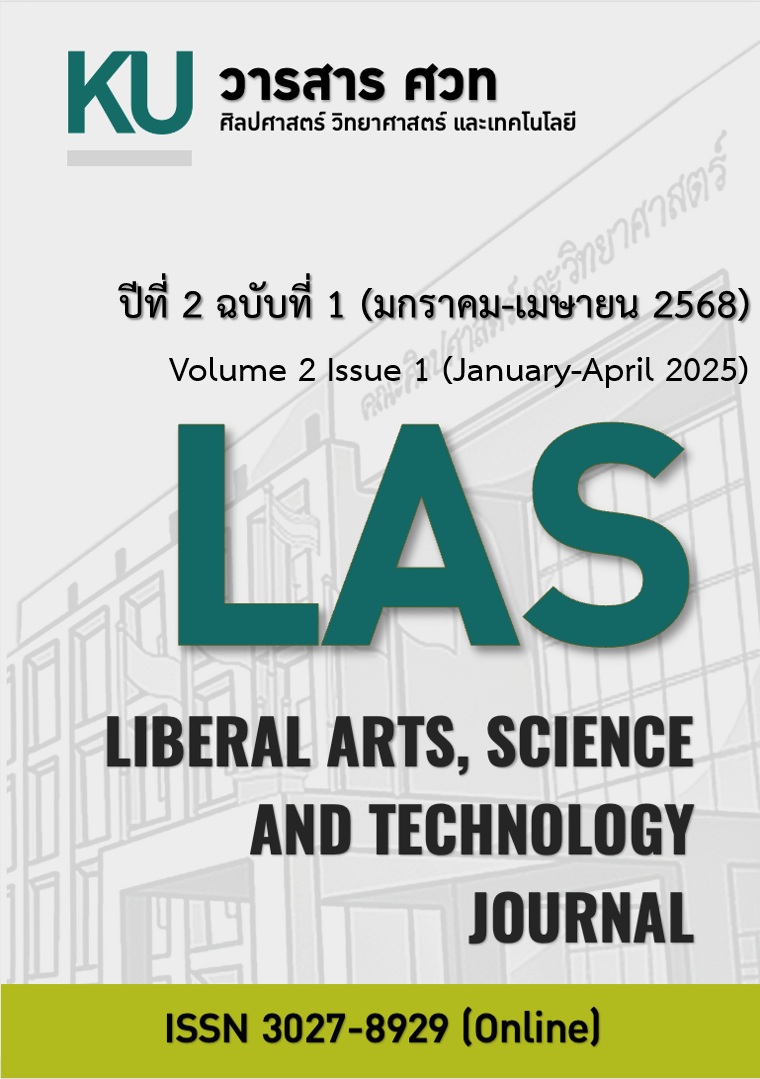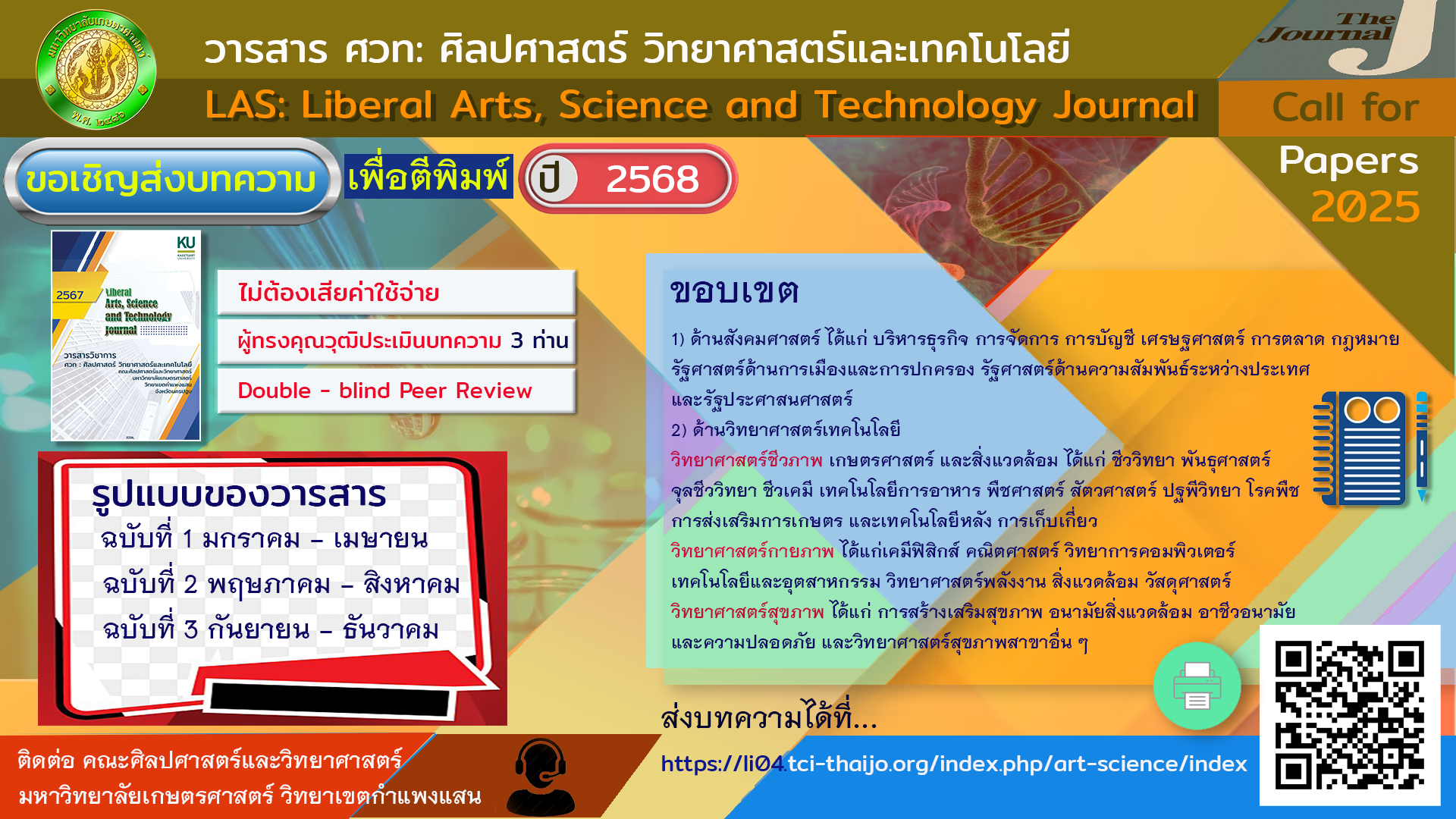Association Between Oral Health Values and Oral Health Care Behaviors of Pre-school Children’s Guardians and Oral Health Status of Pre-school Children in Elementary Schools, Trang Municipality.
Keywords:
ค่านิยมสุขภาพช่องปาก, พฤติกรรมการดูแลสุขภาพช่องปาก, สถานะสุขภาพช่องปากAbstract
This descriptive survey research was aimed to study the association between oral health values and oral health care behaviors of the guardians of preschool children and their children’s oral health status in one Preschool-Care Center, Trang Province. The samples consisted of 149 guardians and a set of self-administered questionnaires was used for data collection. Descriptive statistics and Chi-square test were used for data analysis. The results showed that 71.00% of the samples were children’s mothers. About half of the samples indicated that they have a “moderate” level of their oral health status while one-fourth indicated a “good” condition of their oral health status. The similar findings were found in regard to the samples’ perceptions about their children’s oral health status. Sixty percent of the samples indicated that their children have ever had dental caries and toothache. Approximately one-fourth of them hold a “high” level of oral health value. Oral health status of the children as checked by school dental hygienists showed that one-fourth of them was found to be “good” condition while the rest needs to be taken care. Significant association was found between the sampled guardians’ oral health values and the following variables: sex, age, time duration used for brushing teeth, mouth cleaning after a meal, regular dental prophylaxis (decalcifying), regular dental-clinic visit, dental health information seeking, and children’s oral health status through dental health check-up. The research results pointed out to the need and importance of developing oral health literacy among pre-school children’s guardians. Guardians’ oral health literacy and their oral health care behaviors provided for their children are the important predictors of children’s oral health status. Thus, Trang Province municipality and the organizations responsible for Child Care Centers and of kindergarten schools should develop a program for oral health literacy of preschool children for children’s guardians in order to get healthy oral health status of pre-school children.
References
เทศบาลนครตรัง. (2565-2567). รายงานการดำเนินงานทันตสาธารณสุขในโรงเรียนประถมศึกษาในเขตรับผิดชอบของ ศูนย์บริการ สาธารณสุข 3. เทศบาลนครตรัง.
ประภาเพ็ญ สุวรรณ. (2562, 9-11 พฤษภาคม). ความรอบรู้สุขภาพ: บทบาทของนักสุขศึกษา [เอกสารนำเสนอ]. การประชุมวิชาการสุขศึกษาแห่งชาติครั้งที่ 19 เรื่อง ฝ่าวิกฤติทางวิชาการและวิชาชีพสาธารณสุข, ชลบุรี, ประเทศไทย.
สำนักทันตสาธารณสุข กรมอนามัย กระทรวงสาธารณสุข. (2561). รายงานผลการสำรวจสภาวะสุขภาพช่องปากแห่งชาติ ครั้งที่ 8 ประเทศไทย พ.ศ. 2560. บริษัทสามเจริญพาณิชย์ (กรุงเทพฯ) จำกัด.
Ajzen, I. (1991). The theory of planned behavior. Organizational Behavior and Human Decision Processes, 50(2), 179-211. https://doi.org/10.1016/0749-5978(91)90020-T
Bloom, B. D. (Ed.). (1956). Taxonomy of educational objectives: The classification of educational goals. Handbook 1: Cognitive domain. David McKay Company.
Bronfenbrenner, U. (1979). The ecology of human development: Experiments by nature and design. Harvard University Press.
De Castilho, A. R. F., Mialhe, F. L., Barbosa, T. S. & Puppin-Rontani, R. M. (2013). Influence of family environment on children’s oral health: a systematic review. Journal de Pediatria, 89(2), 116-123. https://doi.org/10.1016/j.jpedp.2012.10.001
DeWalt, D. A., Berkman,N. D., Sheridon, S., Lohr, K. N., & Pignone, M. P. (2004). Literacy and health outcomes: a systematic review of the literature. Journal of General Internal Medicine, 19(12), 1228-1239. https://pubmed.ncbi.nlm.nih.gov/15610334/
Edwards, C. B., Randall, C. L., & McNeil, D. W. (2021). Development and validation of oral health values scale. Journal of Dental Oral Epidemiology, 49(5), 454-463. https://pmc.ncbi.nlm.nih.gov/articles/PMC8518540/
Mattila, M. L., Rautawa, P., Silianpaa, M. & Paunio, P. (2000). Caries in five-year-old children and associations with family-related factors. Journal of Dental Research, 79(3), 875-881. https://pubmed.ncbi.nlm.nih.gov/10765963/
Raths, L.E., Harmin, M. & Simon, S.B. (1978). Value and teaching: Working with values in the classroom (2nd ed.). C. E. Merrill Publishing Company.
Rokeach, M. (1973). The nature of human values. Free Press.
Smith, M. S., & Wallston, K. A. (1992). How to measure the value of health. Health Education Research, 7(1), 129-135. https://academic.oup.com/her/article-abstract/7/1/129/687164?redirectedFrom=PDF
World Health Organization. (2023). Oral health. https://www.who.int/health-topics/oral-health#tab_
Downloads
Published
How to Cite
Issue
Section
License
Copyright (c) 2025 ศวท : ศิลปศาสตร์ วิทยาศาสตร์และเทคโนโลยี

This work is licensed under a Creative Commons Attribution-NonCommercial-NoDerivatives 4.0 International License.







